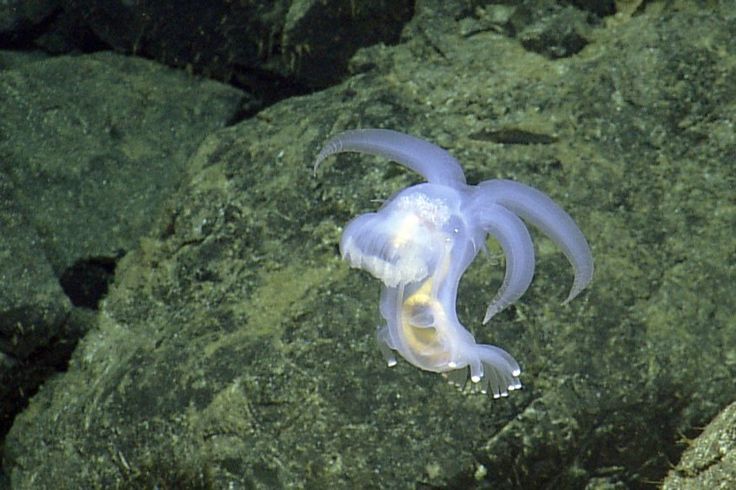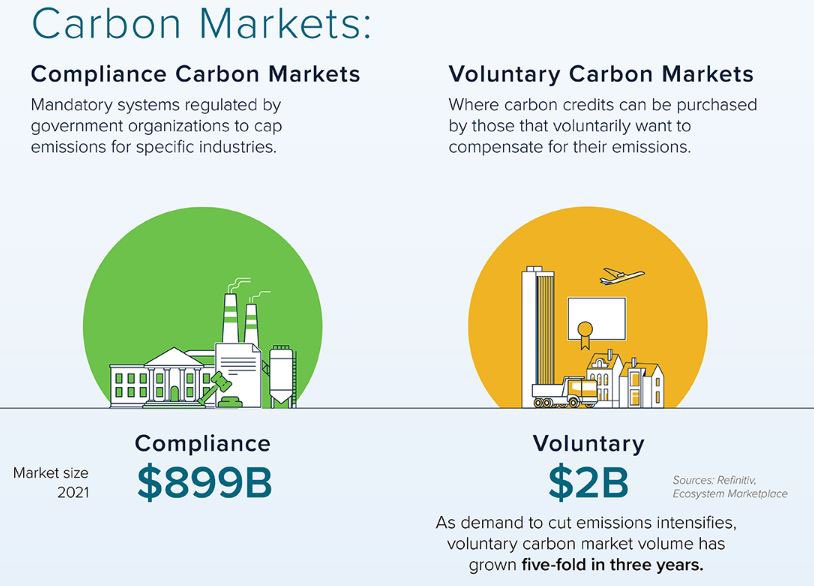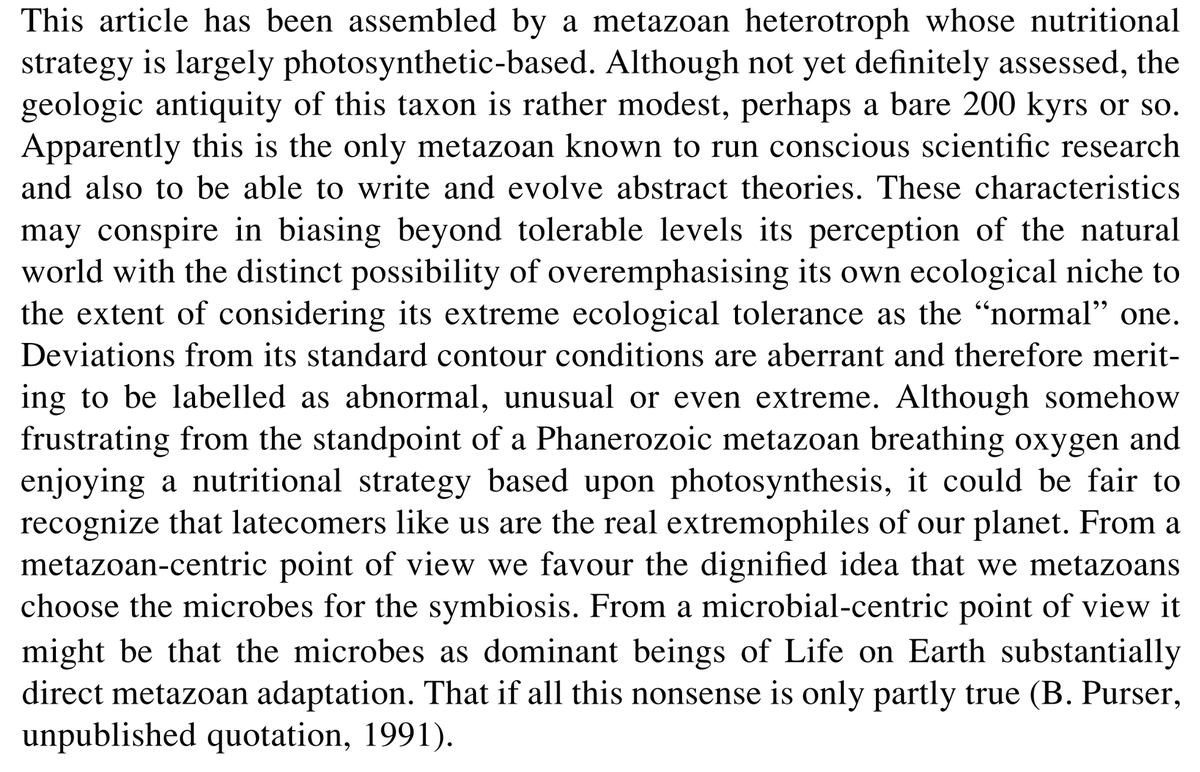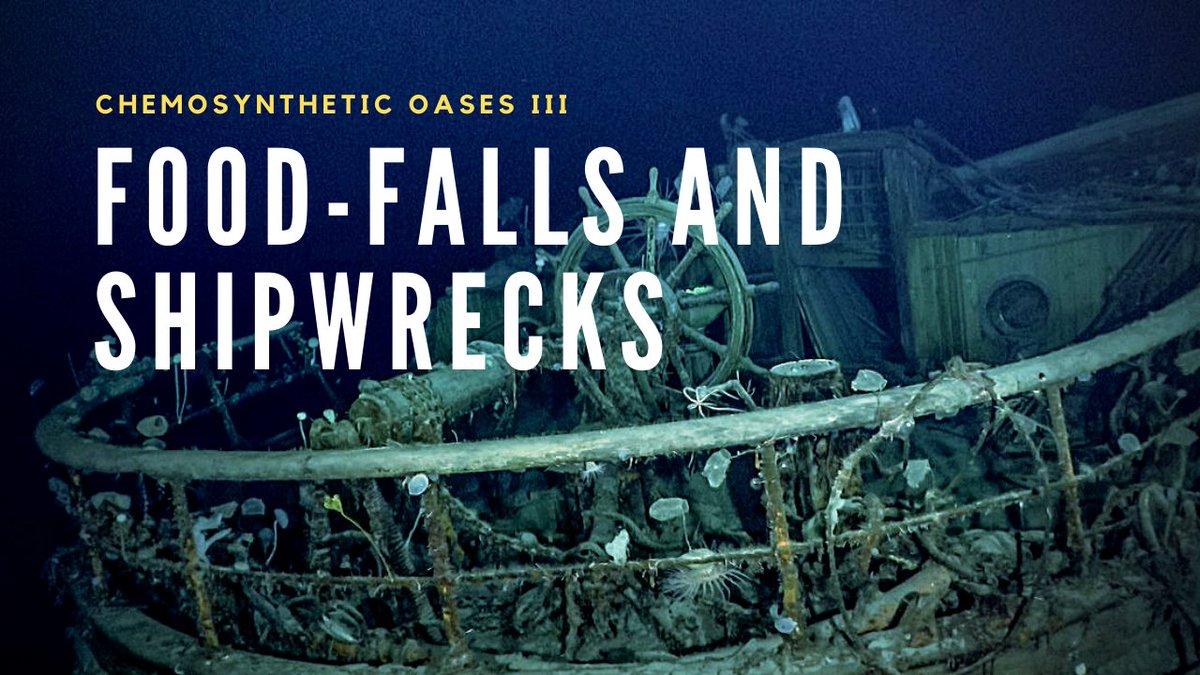
Re-discovering a #deepsea #ecosystem after 20yr: Broken Spur #hydrothermal vent field absolutely amazed us with the high biomass of swarming shrimps and bottom-attached #anemones . Distinct #chemistry , too, indicating more free sulfide for #chemosynthesis #Atlantic #Ocean
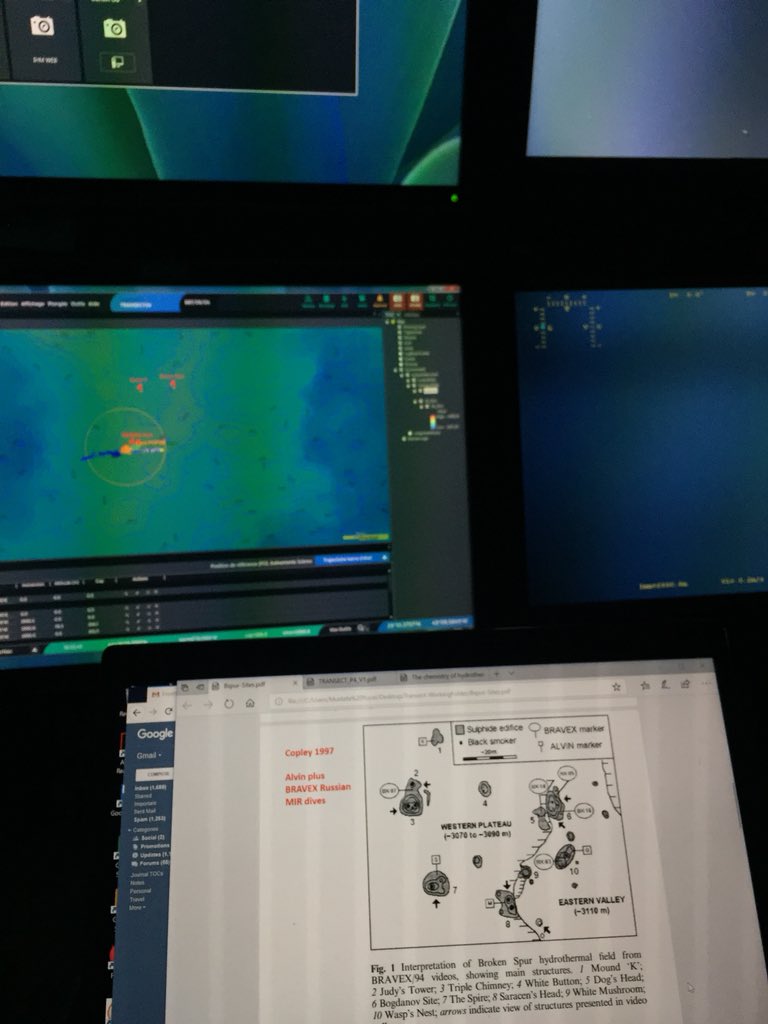
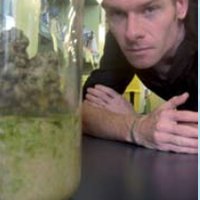
Awesome and insightful UNSW Biotechnology & Biomolecular Sciences talk from Dr Angelique Ray from the Belinda Ferrari lab fame, waxing lyrical on the world of chemosynthesis in #antarctica and microbes living on the air....👏
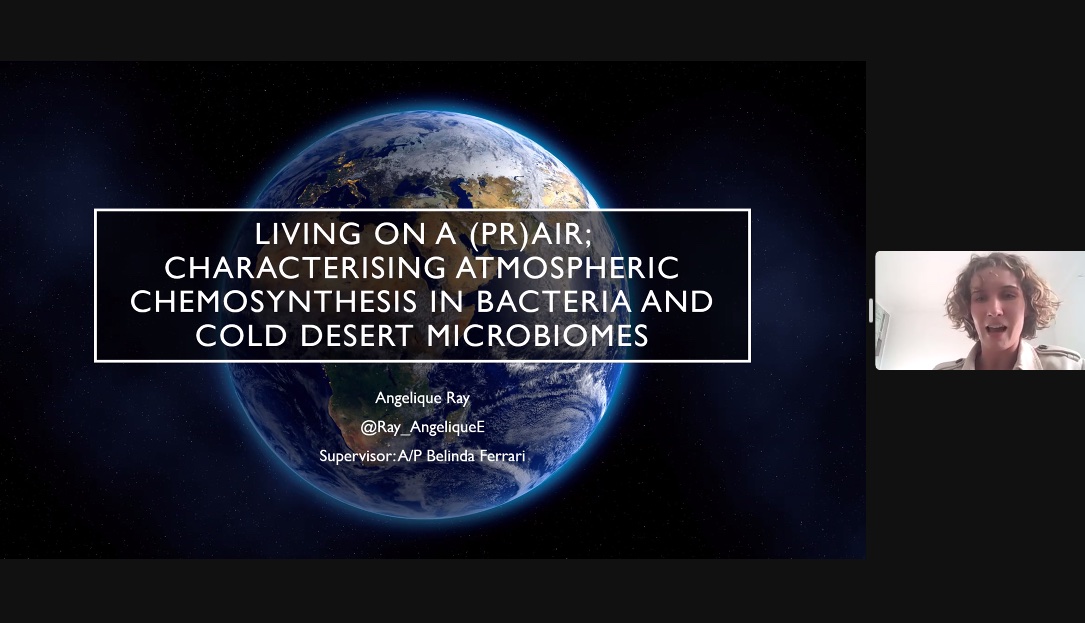

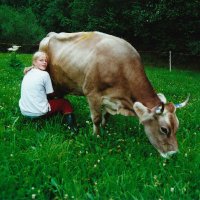
I am living the dream. Tropical Eastern Pacific. Panama. Chemosynthesis. #istmobiome loving Matthieu Leray ‘s mad science. Thank you Smithsonian Panama Dr. Maggie Johnson Friederike Clever Niko Leisch Alexander Gruhl Jonathan Eisen Aaron O'Dea @Chemosym Dr. Maggie Sogin
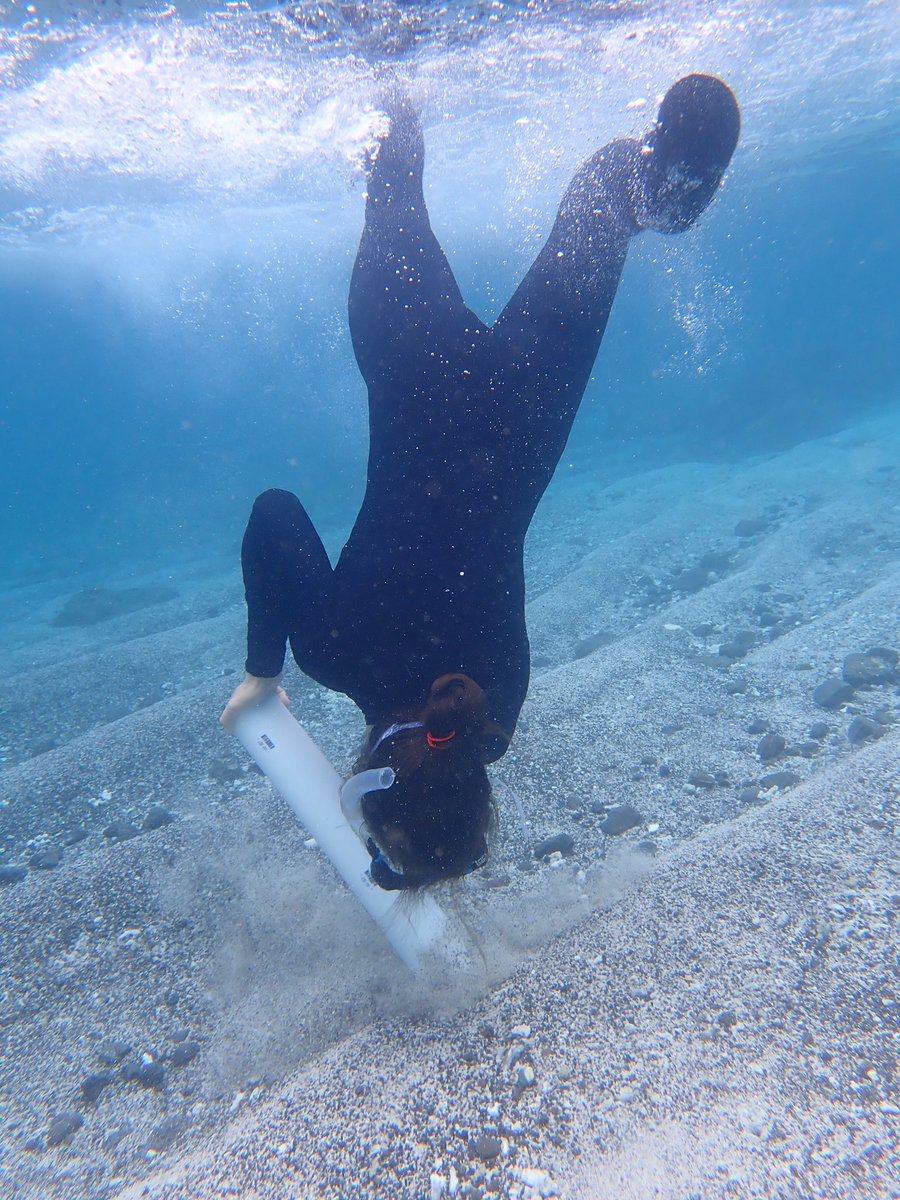





Euan Yours Men have no holes. They get their nutrients from bacteria that penetrate their skin when they are larvae and then use a form of chemosynthesis to keep themselves alive into adulthood, like deep sea tube worms.
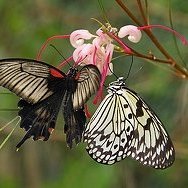



Check out this great work coming out of the Belinda Ferrari lab. Driven by Dr Angelique Ray everything you needed to know about atmospheric chemosynthesis at the poles...⛄️ #Antarctica #microbiome UNSW Science frontiersin.org/article/10.338…


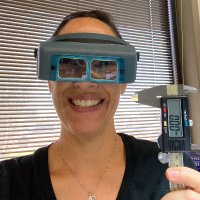
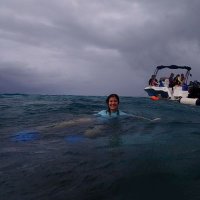
Here’s a little summary on the #MACROCHESS project, where we are building a new open-source global database for CBE data #chemosynthesis #hydrothermalvents #seeps #whalefalls #macroecology #ecology #deepsea #biodiversity #WomenInSTEM


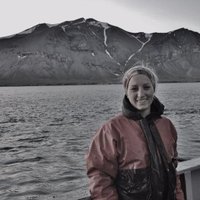
Well said M. Smelror nguweb via Geoforskning.no 'Scientific communication & #outreach is an important part of all research' For me, this was a fun way trying to increase knowledge of my scientific field UiT | University of Tromsø #chemosynthesis #methane #coldseep #Arctic bit.ly/2sGrxvx
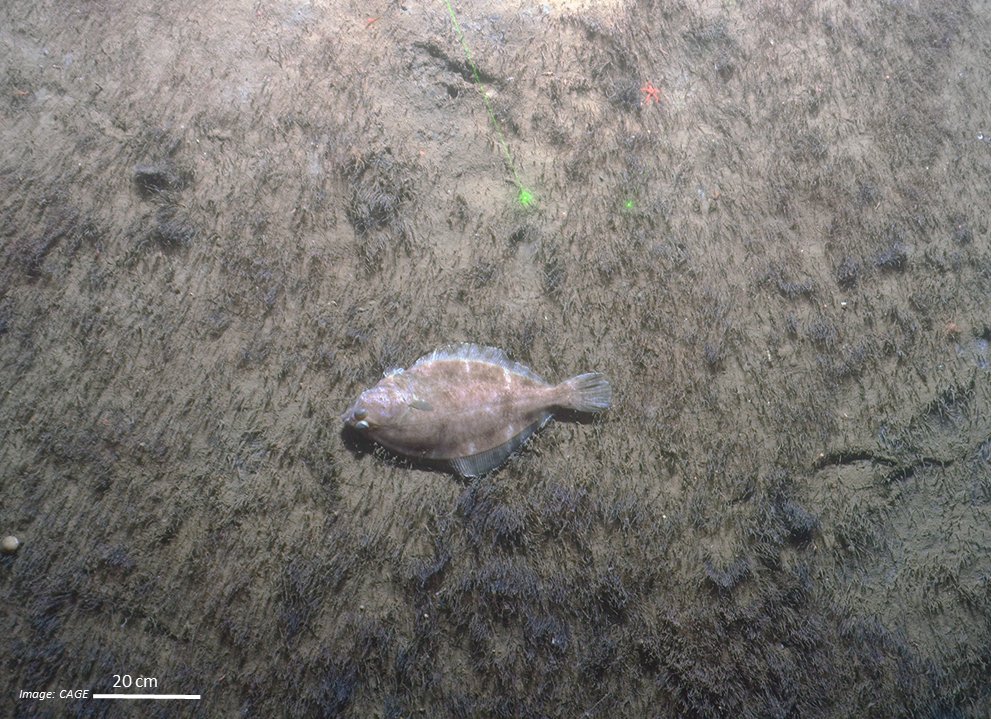



Spending time with Oceanographer Sarah Seabrook and @ebtsoyp to understand ocean thermal methane Seeps, ocean energy, thermal changes, light energy, biodiversity, chemosynthesis, extremeophiles, planetary connections and more! #WMSSTEMGJ PBL #mappingouroceans #methane #STEM
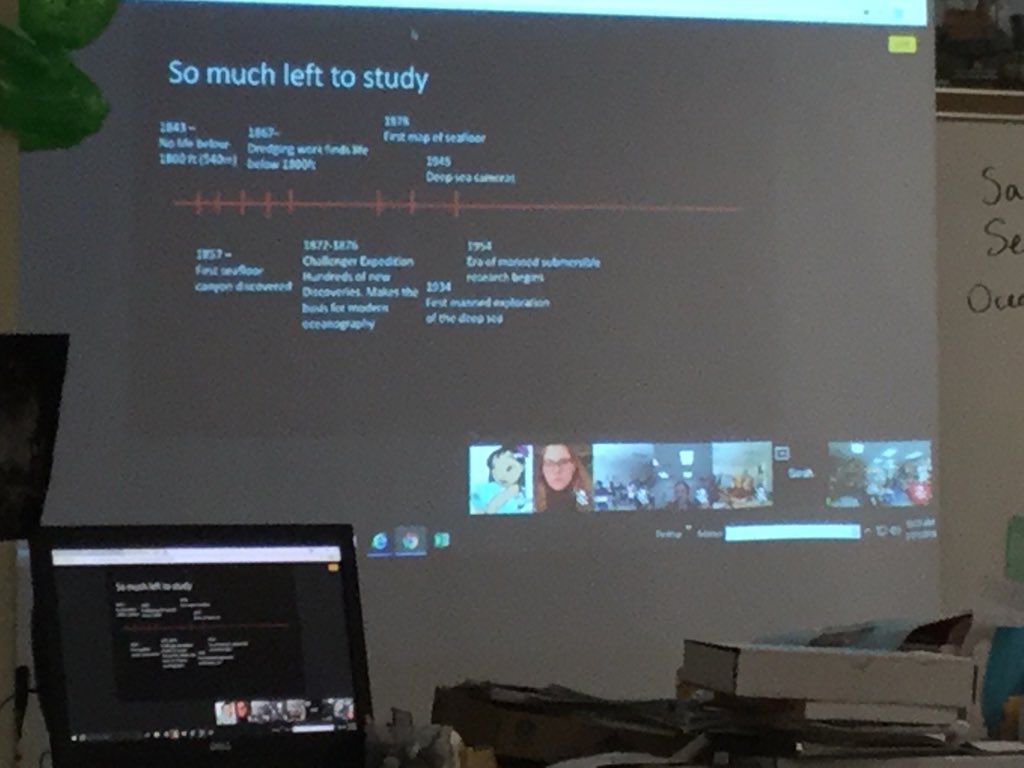
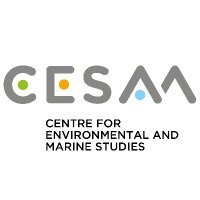
CESAM - Centre of Environmental and Marine Studies Universidade Aveiro researcher leads international effort to understand species distribution across chemosynthesis-based ecosystems. Read more here: bit.ly/33Dkx5r
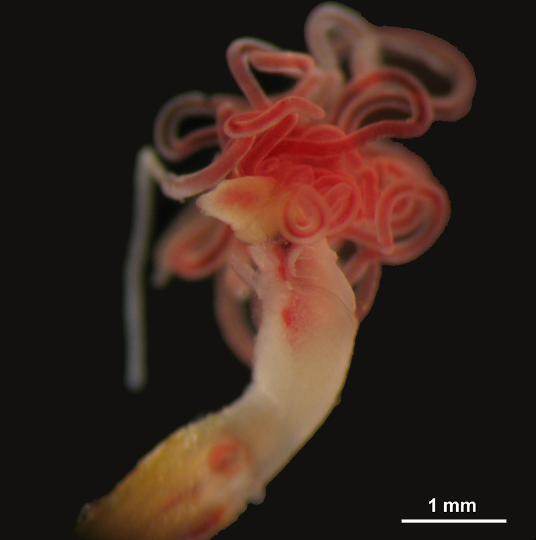

This looks like “Lamellibrachia “fossil..tube worms live near deep sea cold seeps , they use chemosynthesis to make glucose where oil and methane leak out the sea floor for their food as there is no sunlight down there.....TheWaddells74



